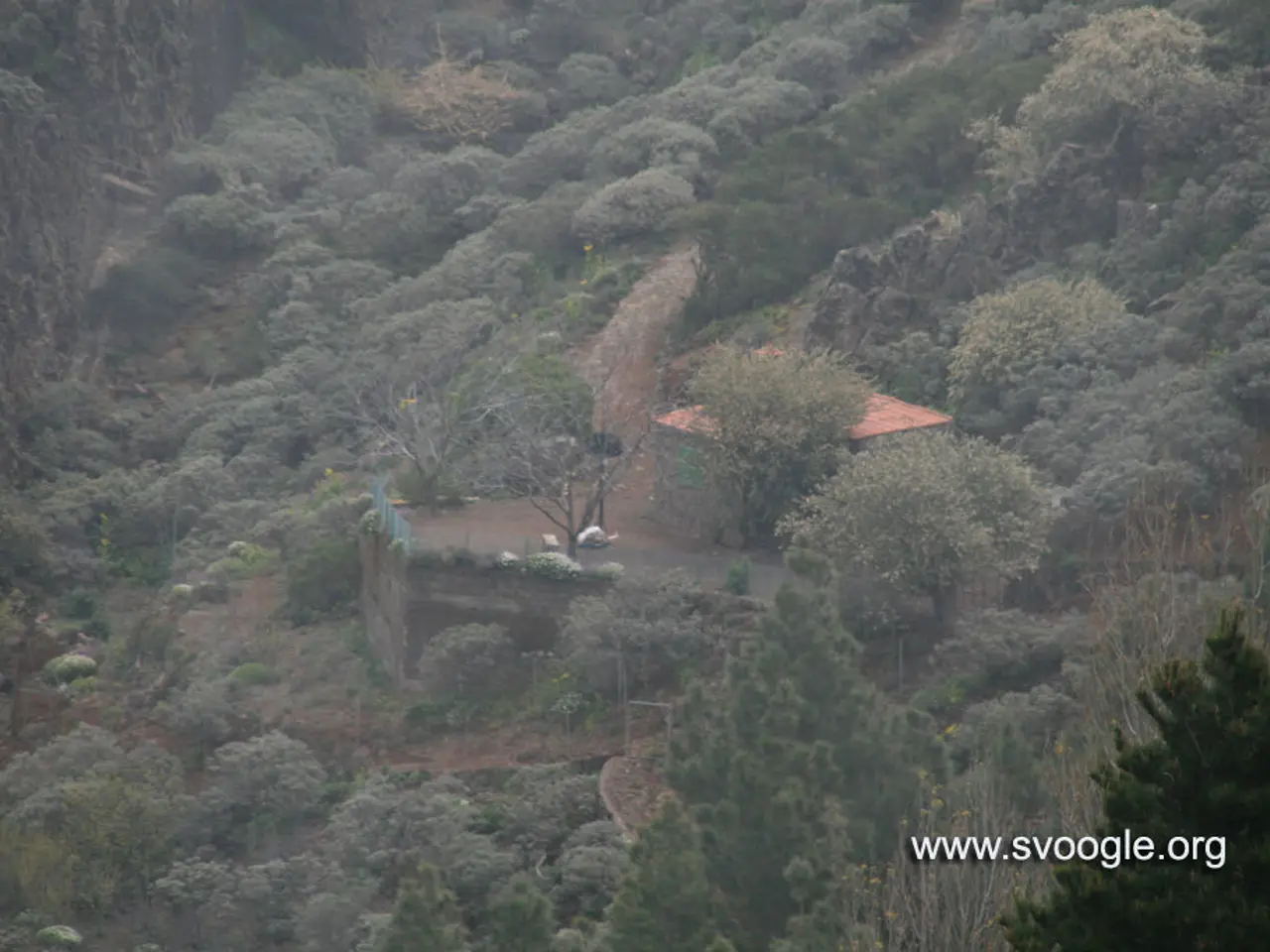The Rigi: From 18th Century Pilgrimage to Modern Tourist Haven
The Rigi, often dubbed the 'island mountain', has been a popular destination for centuries. It first gained fame as a pilgrimage site in the 18th century, attracting over 25,000 visitors. Today, it stands tall at nearly 1800 meters, offering stunning views above the fog on many days.
The Rigi's history is marked by several milestones. The Kaltbad spring was first documented in 1540, drawing over 100 'bath tourists' daily by 1600. In 1816, the first mountain hotel, Rigi Kulm Hotel, opened with just six beds. This was made possible by Joseph Martin Bürgi, a Rigi guide, who began preparations in 1814. The hotel was expanded over time, offering space for 130 beds by 1848 and 32 rooms in the current Rigi-Kulm-Hotel built in 1954.
The Rigi Railway, constructed in 1871, ended the era of carriers transporting wealthy guests up the mountain. The name 'Kulm' for the highest peak was first used in 1601 by Luzern's town clerk. A fundraising campaign led by a frequent Zurich guest helped finance the first hotel after Bürgi ran out of money.
From a pilgrimage site in the 18th century to a popular tourist destination today, the Rigi has evolved significantly. Its history is marked by innovation, expansion, and preservation, as seen in the current Rigi-Kulm-Hotel built from materials of the demolished 'Palais Schreiber'.
Read also:
- Life Expectancy Soars, But Youth Suicide and Substance Abuse Pose Concern
- Cyprus, Kuwait Strengthen Strategic Partnership with Upcoming Ministerial Meeting
- Inspired & Paddy Power Extend Virtual Sports Partnership for UK & Ireland Retail
- South West & South East England: Check & Object to Lorry Operator Licensing Now





